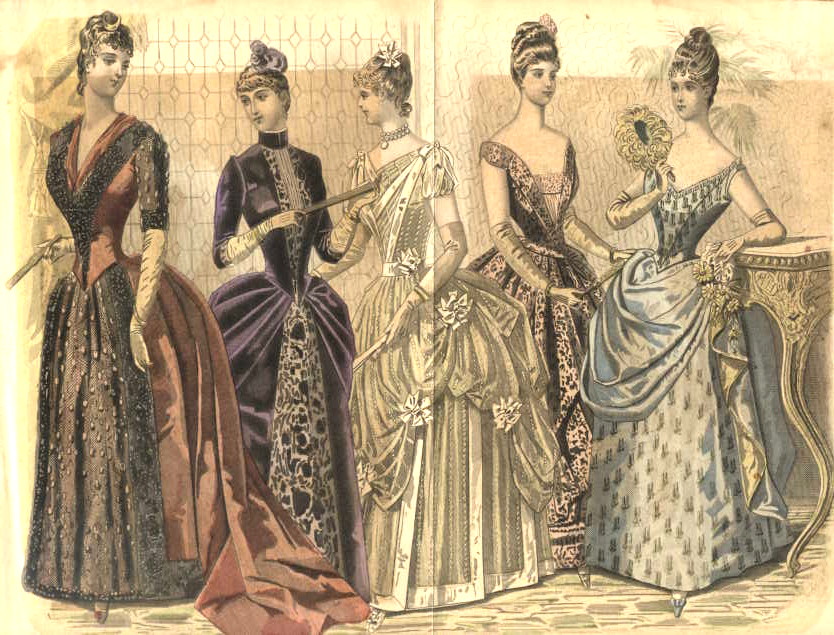Catalogue/product photography
Ghost mannequin
http://blog.chrisbrock.co.uk/2011/03/creating-the-invisible-mannequin-effect/
Visit you can go to in order to download a free PDF version on how to create the ghost mannequin effect (you have to tweet to download)
First permanent photographs
Produced
on a polished pewter
plate covered with a petroleum
derivative called bitumen of Judea,
which he then dissolved in white petroleum. Bitumen hardens with exposure to light. The unhardened material may then be
washed away and the metal plate polished, rendering a positive image with light
regions of hardened bitumen and dark regions of bare pewter. Niépce then
began experimenting with silver compounds
based on a Johann Heinrich
Schultz
discovery in 1727 that silver nitrate
(AgNO3) darkens when exposed to light.
Louis Daguerre, Boulevard de Temple, 1838/9
Refined
the silver nitrate process. In 1833 Niépce died of a stroke, leaving his notes to
Daguerre. On January 7, 1839 Daguerre announced that he had invented a process
using silver on a copper plate called the daguerreotype,
first-ever
photograph of a person. It is an image of a busy street, but because exposure
time was over ten minutes, the city traffic was moving too much to appear. The
exception is a man in the bottom left corner, who stood still getting his boots
polished long enough to show up in the picture.
In
1832, French-Brazilian
painter and inventor Hercules Florence had
already created a very similar process, naming it Photographie.
William
Henry Fox Talbot
- Invented a fixing process
- Calotype - process using silver nitrate (as in black and white negative used in chemical processing today)
- UK
Lady
Alice Mary Kerr's Portrait of Wilfrid
Scawen
Blunt, c.1870
Virginia Oldoini, Countess
di Castiglione,
photographed by Adolphe
Braun, 1856
A Tuscan
noblewoman at the court of Napoleon III
In
1856, Adolphe
Braun published a book containing 288 photographs of her so she becomes one of
the first fashion models.
Age of the fashion magazine
- Improvements in the halftone printing (dot) process means photographs can be reproduced in magazines
- First ten years of the 1900s
- Before this drawn illustrations were used
Peterson's magazine plate, 1888
Age of the fashion magazine
- Improvements in the halftone printing (dot) process means photographs can be reproduced in magazines
- First ten years of the 1900s
- Before this drawn illustrations were used
Peterson's magazine plate, 1888







No comments:
Post a Comment